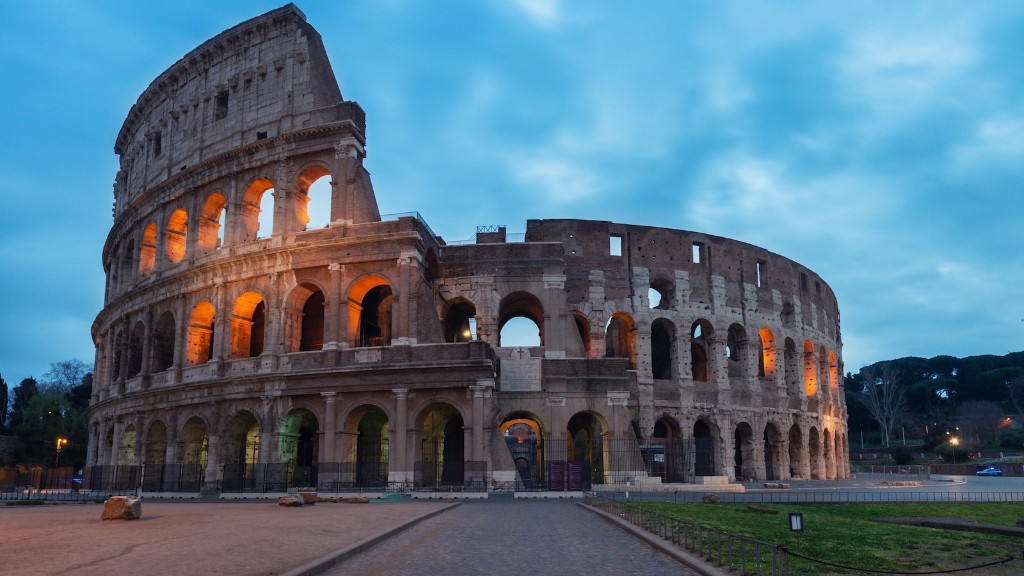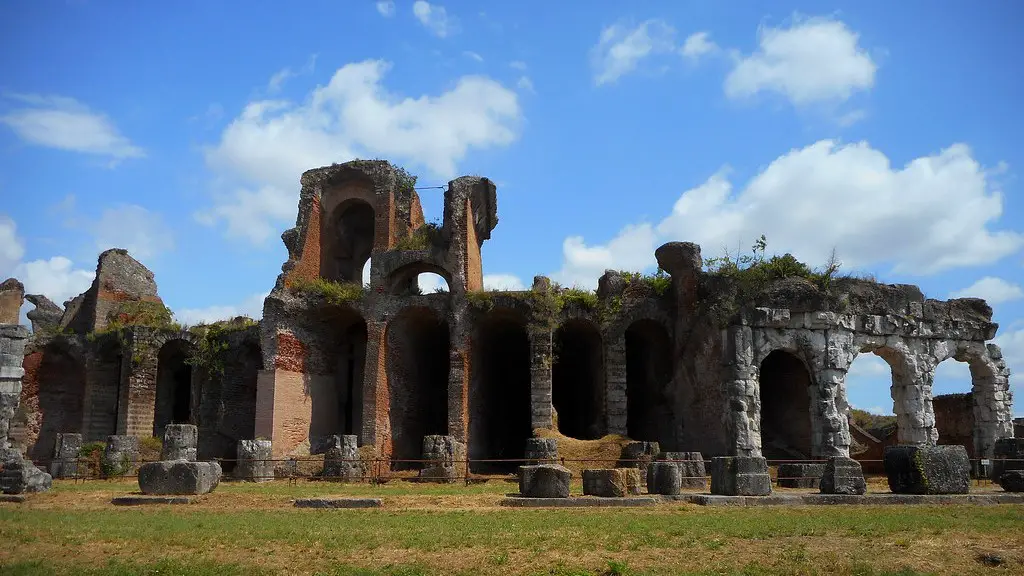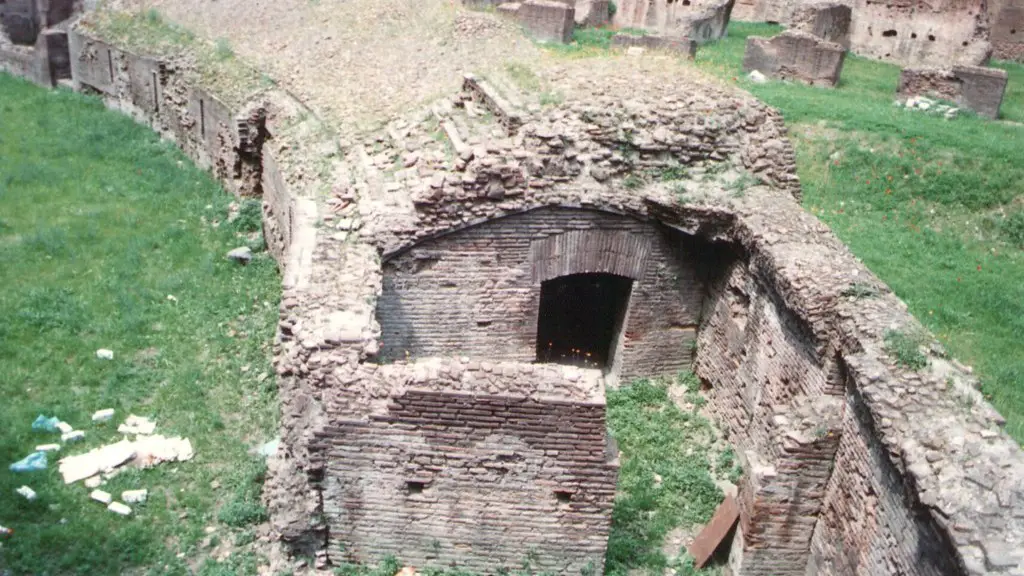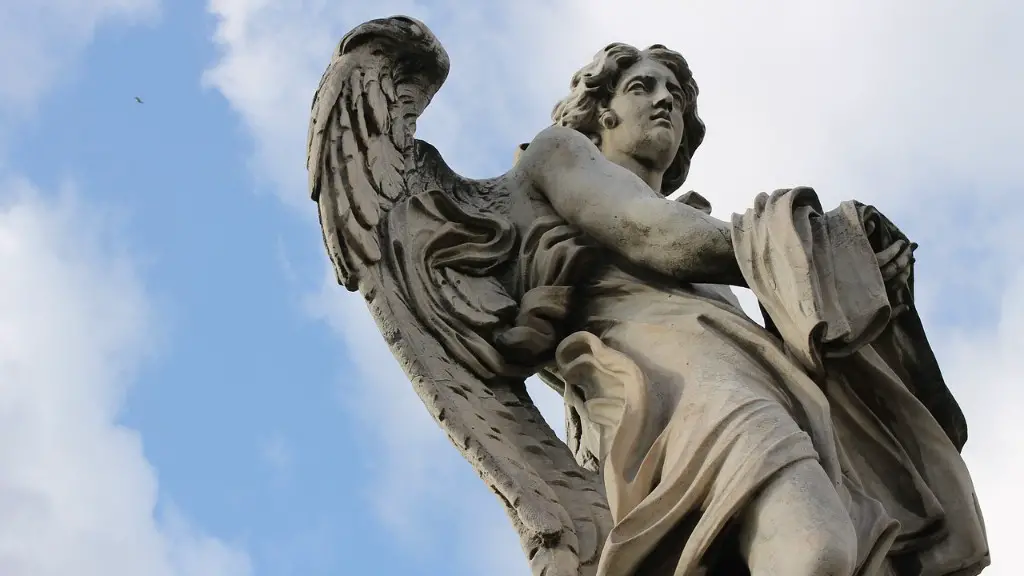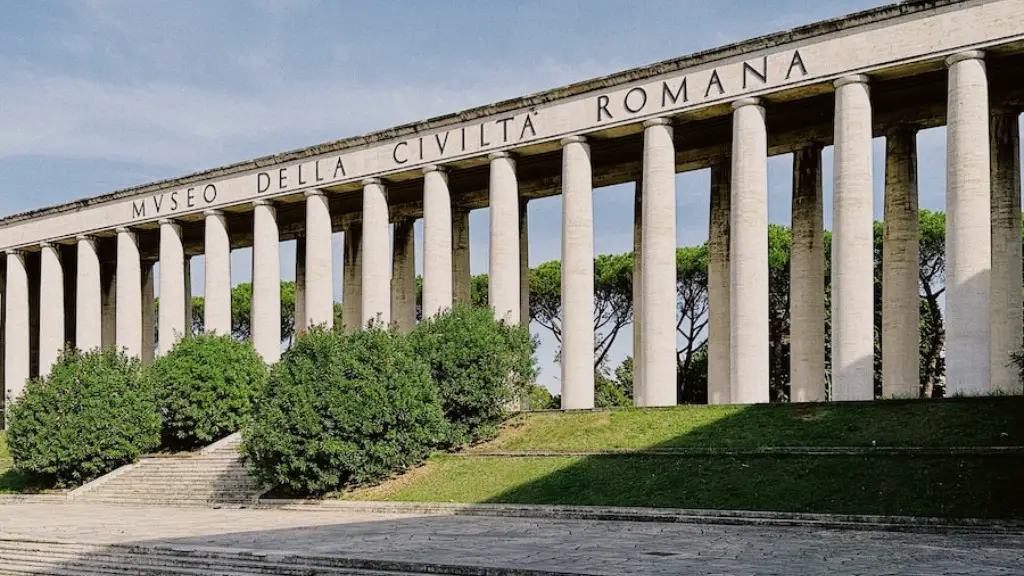Creating Sculptures
The ancient Romans were renowned for their incredible sculptures and artwork, having produced some of the most beautiful and elaborate art in history. The main reason behind the creation of these sculptures was to communicate messages and ideas to the people. For example, many sculptures were created to celebrate the glories of Rome and its great leaders, as well as to create an image of Roman power and prosperity. Sculptures were also used to depict the gods of the Roman pantheon. Ancient Roman sculptures were typically made from stone and bronze, though there are examples of more elaborate materials used for certain pieces, such as marble and ivory.
Ancient Roman sculptures were incredibly detailed, reflecting the skill and craftsmanship of the artists involved in their creation. They were usually life-sized or slightly larger than life, and many of these sculptures are still on display today. Ancient Romans were meticulous in their selection of subjects for sculpture; they often chose subjects that represented a particular idea or event, both real and abstract. Sculptures were also used to illustrate Roman character and culture, depicting kings, gods, heroes, and other figures of power.
In addition to its use for decorative purposes, sculpture was also used as a means of conveying religious messages and beliefs. The gods and goddesses of the Roman pantheon were often shown in sculptures and other artwork, as were heroes in Greek and Roman mythology. Sculptures also served as a means of conveying social values and norms, providing a visual message of the behavior expected from Roman citizens.
The use of sculpture in the ancient Roman period was not only limited to artistic or religious purposes. From an engineering perspective, many of the sculptures were designed in ways that served an architectural role. For example, reliefs were often placed on the outside of buildings or columns and were used to create visual perspectives. In some cases, sculptures were also used to hide engineering features such as cisterns and pipes.
The popularity of sculptures in the ancient Roman period was due in part to the fact that they were often produced to order by patrons. This allowed wealthy patrons and wealthy families to commission sculptures of their gods, heroes, and family members. Wealthy private citizens and public officials also commissioned sculptures for their personal collections. As a result, sculpture became an important and integral part of ancient Roman life.
Romans Strategies for Producing Sculptures
The Romans developed an effective strategy for producing sculptures. In most cases, the artist would create a clay model from which a mold would be taken. The mold was then filled with molten bronze or stone and the sculpture was then completed by hand. This allowed for sculptures to be produced in a relatively efficient manner and was the basis for the production of many of the wonderful sculptures found throughout the world today.
Tools and techniques used by the Romans for producing sculptures also varied depending on the type and size of the sculptures being produced. Smaller carvings were typically created with chisels and hammers while larger pieces were often carved out of stone through techniques known as “sanding” or “pecking.” In addition, the Romans also developed a special type of bronze casting known as “lost wax casting” which is still used today.
The Romans were also innovative when it came to the actual display of sculptures. As well as displaying sculptures in public spaces, such as in the Colosseum and in temples, the Romans also developed strategies for displaying sculptures in the home. They would often place sculptures on little plinths around the house, to create a decorative atmosphere.
Social Significance of Sculptures
The social significance of sculptures for the ancient Romans was incredibly important. Sculptures not only celebrated the greatness of Rome and its leaders, but also helped to illustrate social values and behavior. By placing sculptures in public spaces and within the home, the Romans sought to create a shared cultural identity and reinforce the values of their society.
The Romans were also adept at creating elaborate sculptures that served to entertain the populace. For example, many of the sculptures in the Colosseum were created to depict physical combat or battles between gladiators, providing a form of entertainment for the Romans. In addition, the Romans were also fond of creating sculptures that served as forms of amusement, such as those found on the walls of villas and homes.
The importance of sculptures for the ancient Romans is also evident in the great lengths they went to in order to preserve their creations. While some sculptures, especially those made of porous materials such as stone, have succumbed to the ravages of time, many of the sculptures from the Roman period still exist today. The incredible skill and craftsmanship of the ancient Romans are still evident in the sculptures that survive, making them an important part of our understanding of ancient Roman culture.
Difference between Roman and Greece
Ancient Greek sculptures were often meant to idealize the human form, while Roman sculptures focused more on realistic portrayals. This was due to the Roman desire to immortalize their heroes, leaders, and gods with lifelike art. Greek sculptures typically depicted abstract concepts relevant to their culture, while Roman sculptures often highlighted specific individuals, gods, and events, making them more personalized.
The Romans also favored sculptural scenes with a narrative and a moral message, such as those seen on the Ara Pacis Augustus, which was a monument dedicated to the emperor Augustus in Rome. Ancient Greek sculptures were more typically decorative, such as those seen on the Parthenon in Athens. In addition, the ancient Greeks used ivory and casting in bronze less than the Romans, with marble being the predominant material used for decorative works.
Finally, the differences between Roman and Greek sculptures can also be seen in their size and complexity. Roman sculptures were often larger in size and more complex in design, due to the need to illustrate a specific idea or event. Ancient Greek sculptures, however, were often smaller in size and more abstract in design. This allowed them to be placed in more confined spaces, such as temples and smaller sanctuaries.
Modern Day Sculptures
The ancient Romans’ use of sculpture had a great impact on the development of art in the modern world. From the use of bronze and marble to the incorporation of narrative elements, many of the conventions of modern art can trace their roots back to the ancient Romans. Today, sculptures, from large monuments to small figurines, are used to communicate messages and emotions.
For example, public sculpture has been used for centuries to commemorate the dead, celebrate victories, and symbolize the values of a society. Sculptures have also been used to reflect the current state of a nation, such as the Vietnam Veterans Memorial in Washington D.C. In addition, sculptures are often incorporated into public parks and other outdoor areas, as a way to create an atmosphere of beauty and aesthetics.
Modern sculptures also reflect the evolution of technology, with the use of newer materials, such as stainless steel, and the addition of features such as lights and movement. The modern sculptor also has a variety of mediums to choose from, ranging from paint and acrylic to clay and even laser-etched glass. As a result, modern sculptures are often very complex, nuanced works of art.
Summary
The ancient Romans had a number of reasons for making sculptures, from celebrating their leaders and gods to illustrating important characters and events in Roman history. They favored stone, bronze, and in some cases marble and ivory for their sculptures, adopting various tools and techniques for their craft. Sculptures in the Roman period served a number of purposes, from art to entertainment to displaying social values. The use of sculpture in the Roman period had a great impact on modern art, inspiring many of the most iconic sculptures seen today.
